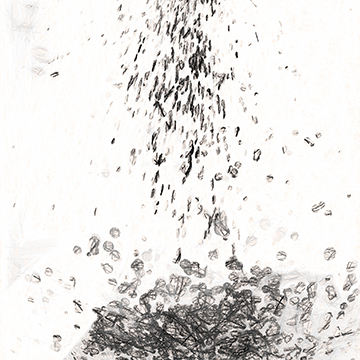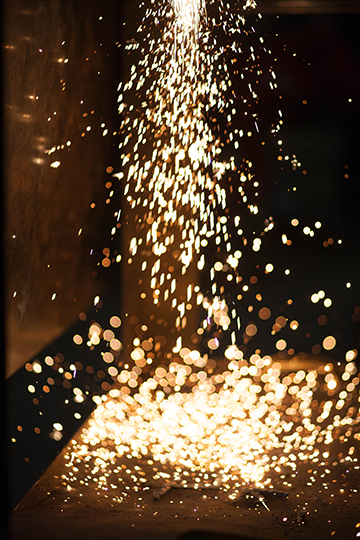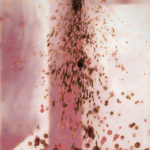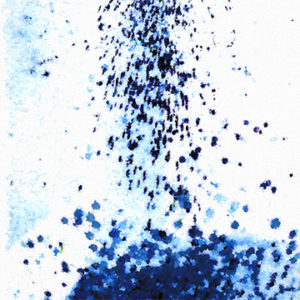Yes, you should have one.
If you’ve ever felt stuck creating backgrounds for your tissue-paper images, you’re not alone. Many students tell me, “I’m not an artist—I have no idea how to make a background!”
Here’s the good news: your background doesn’t have to come purely from imagination. One of the most powerful (and fun) ways to build rich, timeless backgrounds for your photo encaustic work is to create your own texture library.
As a photographer, you already have the most important skill—seeing. Whenever I’m out and about, I snap pictures on my phone of anything with interesting texture, color, pattern, or shape. Yes, I get funny looks. And yes, it’s completely worth it.
Here are some of my go-to texture subjects:
-
Fabrics + vintage wallpapers
-
Concrete, tile, rusted metal
-
Napkins and patterned paper
-
TV or laptop screens
-
Rain-spattered or dusty windows
-
Bark, moss, lichens, and mushroom undersides
-
Ice formations
-
Oil slicks
-
Sand, marble, snow
-
Falling water, clouds, sparks
-
Blurry images
-
Burned or tea-stained papers
These everyday details become an endless source of background inspiration.
Once I’ve gathered images, I’ll often manipulate them in Photoshop—changing hues or saturation, adding gradient layers, inverting, or applying motion blur. I also experiment with Topaz filters to see what new variations emerge. For example, from a single photo of sparks flying from a metal grinder, I can create multiple versions that become potential backgrounds for mounting or photo transfers.
From an unexpected moment (like walking past someone grinding metal) can spark an entire series of work.
I’m able to get multiple variations that I could use to either mount to my substrate or as a photo transfer.
When I only have a short window of studio time—or I’m not ready to turn on the wax—I’ll scroll through my texture library and imagine how my tissue-paper photographs might interact with each background.
Save these images in a folder or Lightroom catalog and revisit them whenever you need inspiration—or ready-made textures for your next encaustic piece.
Remember: you’re a photographer. Seeing the world in details is what comes naturally to you. Use that talent to create backgrounds that feel personal, layered, and timeless.
Let me hear from you. I’d love for you to join the conversation. Do you keep a texture library for making backgrounds? What are your favorite things to photograph for texture?
Be well….be creative,





I’ve been doing this for years……always interested in textures and patterns. BUT I am not organized in storing and have trouble finding images. This has inspired me to make them more accessible. Thanks!!
So glad this has inspired you to organize them. Before I put them all into Lightroom I was the same, they seemed to be everywhere!
l’ve transferred some images I like directly onto tissue paper without using my camera – just put directly on my printer and copy onto tissue paper. I’ve done this using scrarves, other fabrics, wrapping paper. As long as the object is fairly flat or flexible. Then the image I like is on tissue paper and ready to use in an encaustic piece.
Thanks Gayle…..always interesting to see how others go about creating their backgrounds.